While drone operators and manufacturers in the US eagerly await the FAA’s Notice of Proposed Rulemaking (NPRM) on beyond visual line of sight (BVLOS) operations, Canada will actually implement new BVLOS regulations on Nov. 4. In addition to the BVLOS Aviation Rulemaking Committee (ARC) advisory final report issued in 2022, the FAA can look north of the border for an example of an already finalized rule.
Transport Canada issued its final BVLOS rules in March 2025, setting Nov. 4 as the implementation date. The FAA issued Part 107 regulations that govern drone operations in the US in 2016, but a follow-up Part 108 covering BVLOS operations has proved elusive—even after Congress in May 2024 mandated that an NPRM be issued by September 2024. When an NPRM is put forward by the FAA, a comment period to be followed by revising the NPRM into a final rule will take some time. There will also likely be a months-long gap between the promulgation of a final BVLOS rule and actual implementation—Transport Canada, for example, is implementing its new regulations eight months after the final rules were issued.
“Part 107 was the first drone regulation in the world,” American Robotics CEO Timothy Tenne, a former FAA official who helped draft Part 107, told Commercial UAV News. “The FAA was at the front, and then the rest of the world copied, and then they kept going. The FAA did not. Unfortunately, we stopped and we paused. Some of that I blame on the FAA, some of that on the industry.”
Canada is one of those countries that have passed the US in terms of regulating drones, he noted.
“For a long time, Canada was following what we were doing here in the US,” Catherine Cahill, director of the Alaska Center for UAS Integration at the University of Alaska Fairbanks, told Commercial UAV News. “So, Canada was going fairly slowly, piece by piece … but now they have new regulations that are going to come into effect later this year.”
According to Transport Canada, the new regulations “introduce rules for routine beyond visual line of sight operations with a remotely piloted aircraft of up to 150 kg (330 lbs) over sparsely populated areas, at low altitudes, and in uncontrolled airspace. The regulations will remove the requirement for a Special Flight Operations Certificate (SFOC) for these operations. The regulations include requirements for a new pilot certification, new technical standards for the aircraft and supporting systems, new operational procedures, such as increased distances from airports, heliports and people, as well as new requirements for individuals and organizations to operate BVLOS.”
Transport Canada, in explaining its rationale for the new regulations, noted that the “the pace of technology has continued to accelerate … and industry has confirmed that a lack of regulations for medium-sized [drones] and BVLOS operations is a key barrier to economic growth in the sector. To date, BVLOS operations and flying medium-sized [UAVs] can only be done through a case-by-case approval process, which can be time-consuming and result in administrative burden for the drone industry. A more flexible and responsive regulatory environment is needed for the industry to continue to develop.”
One Canadian requirement that has caught the attention of U.S. observers is Transport Canada mandating drone pilots complete at least 20 hours of third-party ground school training and successfully pass a flight review. This goes well beyond Part 107 requirements, moving much closer to training rules for manned aircraft pilots.
Cahill, who has been involved in extensive BVLOS testing with Canadian officials, said the new Canadian regulations view UAV operators and manned aircraft pilots more similarly. Those operating drones in Canada will “need to be able to talk the language of a pilot,” she explained. “They need to be able to talk with other pilots.”
Cahill said she emphasizes to drone operators in the University of Alaska Fairbanks program that they are aviators. “I want every single one of them to be thinking about when you put a drone in the airspace, you potentially could be hitting something or killing somebody,” she explained. “I think that's a very important component, because a lot of technology players are not aviators. They don't know airspace, they don't know the rules, they don't know the challenges. If you put up a drone, you could run into a medevac or somebody else and that could be a problem. So the recommendation from our team is to make sure that everybody has that aviation training.”
The NPRM should follow Canada’s lead and push drone operators to be viewed as aviators and technology providers to think of themselves as aircraft manufacturers, Tenne said. “We had an industry that felt they were making hammers and screwdrivers in most instances, but it's an aircraft,” he explained. “It doesn't matter if it's a drone, a manned aircraft, a 737, a Cessna 172. It all happens in the National Airspace System system,” so regulators should mandate that drone manufacturers and pilots be part of the aviation ecosystem, especially when it comes to training requirements.
“Transport Canada and other countries have created frameworks that we can learn from,” he said.
Transport Canada noted it has “carried out pilot projects, collaborated on research and development with the [Canadian] National Research Council, and issued hundreds of SFOCs to gain the insight required to develop a safety framework that provides both flexibility and predictability for [drone] operators, while promoting economic growth and innovation.”
Transport Canada said the collective cost to industry of adhering to the regulations is expected to total C$26.6 million ($19 million) over the next 10 years.


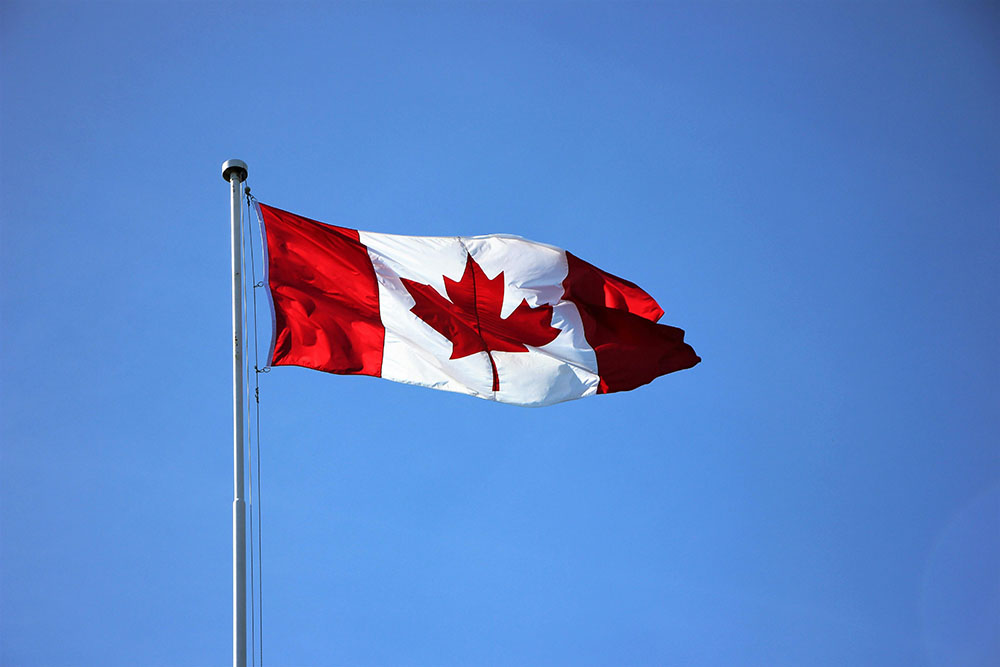


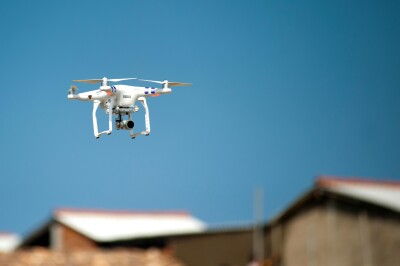
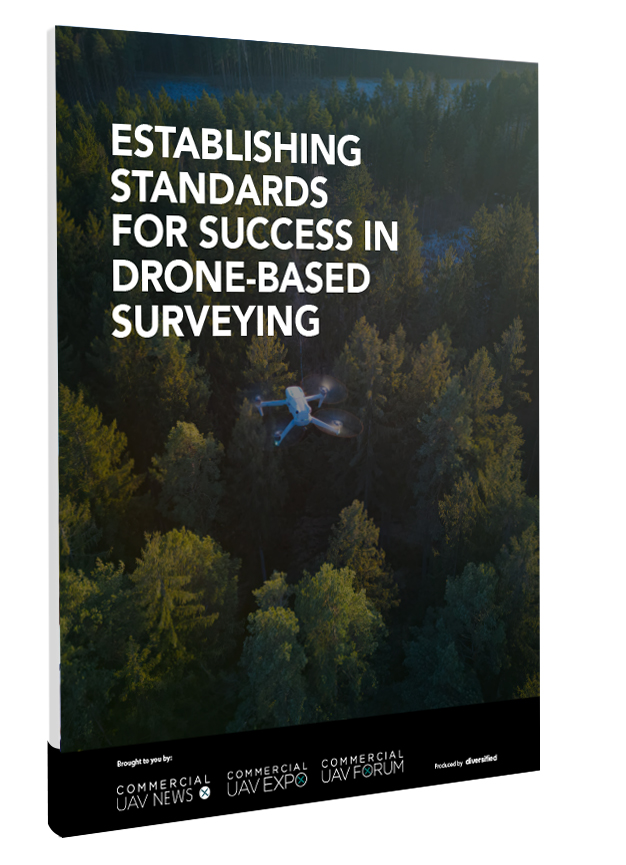
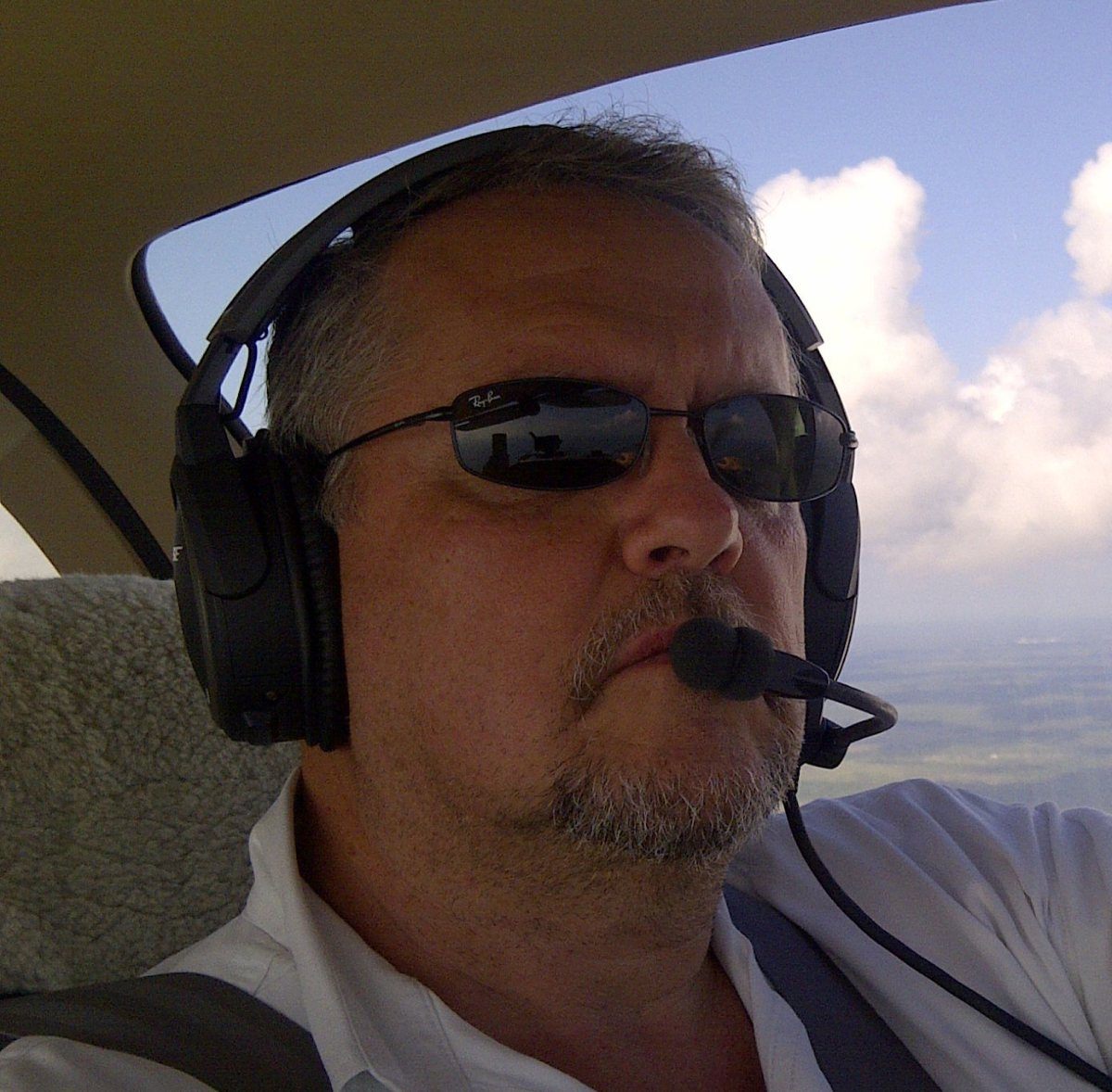






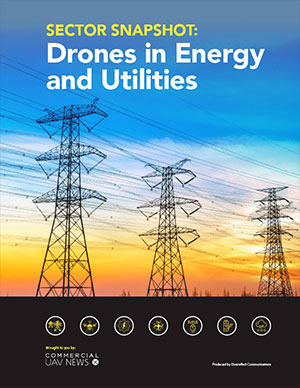

Comments